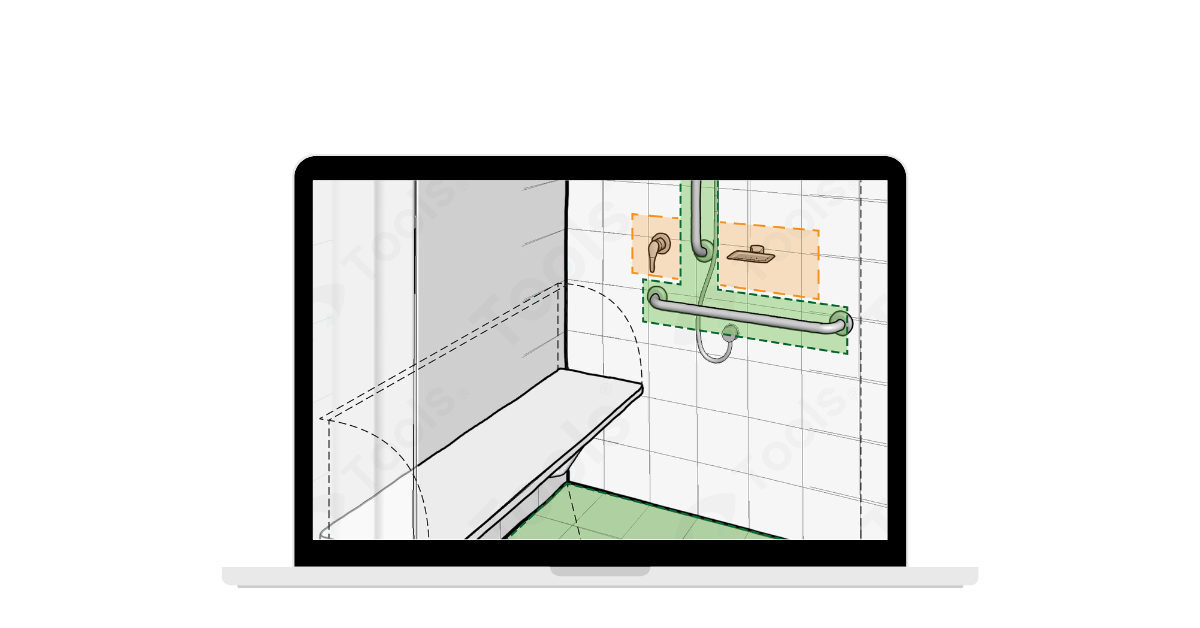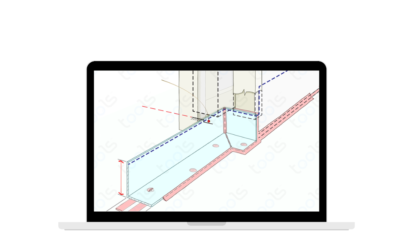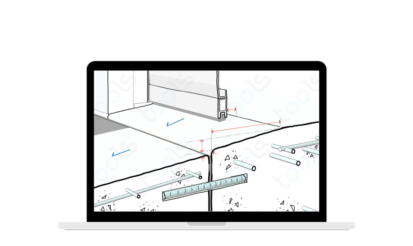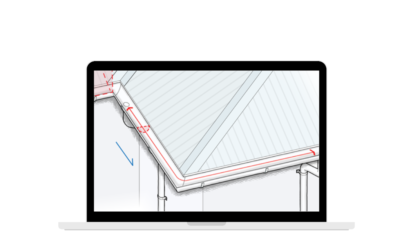In the realm of home design, inclusivity is a term that is gaining more importance than ever. Ensuring that everyone, regardless of ability, can enjoy and access the essential spaces in a home is not just a regulatory requirement but a step towards creating a truly welcoming environment. Today, let’s dive into the world of accessible showers, exploring the key elements and compliance standards that make these spaces user-friendly for everyone.
Compliance with NCC Part F4 & AS 1428.1:
When it comes to accessible showers, compliance with the National Construction Codes (NCC) Part F4 and AS 1428.1 is crucial. These codes outline the necessary requirements for creating spaces that cater to individuals with disabilities, ensuring that every design element contributes to ease of use and safety.
Key Features of Accessible Showers:
- An essential component of accessible showers, the hand-held shower head provides flexibility in use. Its adjustable height and detachable design make it easy for individuals with varying mobility needs to use the shower comfortably.
Adjustable Shower Head Holder:
- Accommodating different user heights is made simple with an adjustable shower head holder. This feature ensures that the shower head can be positioned at an optimal height for each individual, enhancing the overall accessibility of the shower.
Folding Seat:
- Accessible showers often feature a folding seat, providing a convenient resting place for individuals who may find standing for extended periods challenging. This addition not only promotes comfort but also ensures a safe and inclusive showering experience.
- Strategically placed grabrails offer additional support and stability. These rails are designed to withstand weight and provide a secure grip, aiding individuals in maintaining balance and manoeuvring within the shower space.
- Compliance with grabrail clearance standards is vital to ensure that the space around the grabrails allows for easy access and use. Adequate clearance contributes to a safer environment, preventing any hindrance to movement or accidental collisions.
- Accessible showers prioritise ample circulation space, allowing for easy entry, exit, and movement within the shower area. This design consideration is fundamental in creating a user-friendly environment for individuals with disabilities.
Simplifying Compliance with Tools™:
Navigating the intricacies of the National Construction Codes and standards can be a daunting task. However, Tools™ steps in to simplify the process. By transforming complex regulations into interactive, easy-to-understand graphics, Tools™ aids in preventing costly mistakes and maximising efficiency. It incorporates deemed-to-comply and best practice information, making it an invaluable resource for designers, builders, and homeowners alike.
Creating an accessible shower is not just about meeting regulatory standards; it’s about fostering inclusivity and ensuring that everyone can enjoy the comforts of home. With the right features and compliance tools, designing an accessible shower becomes a seamless process, contributing to a more inclusive and welcoming living space for all.

 2 min read
2 min read  06 December 2023
06 December 2023 






